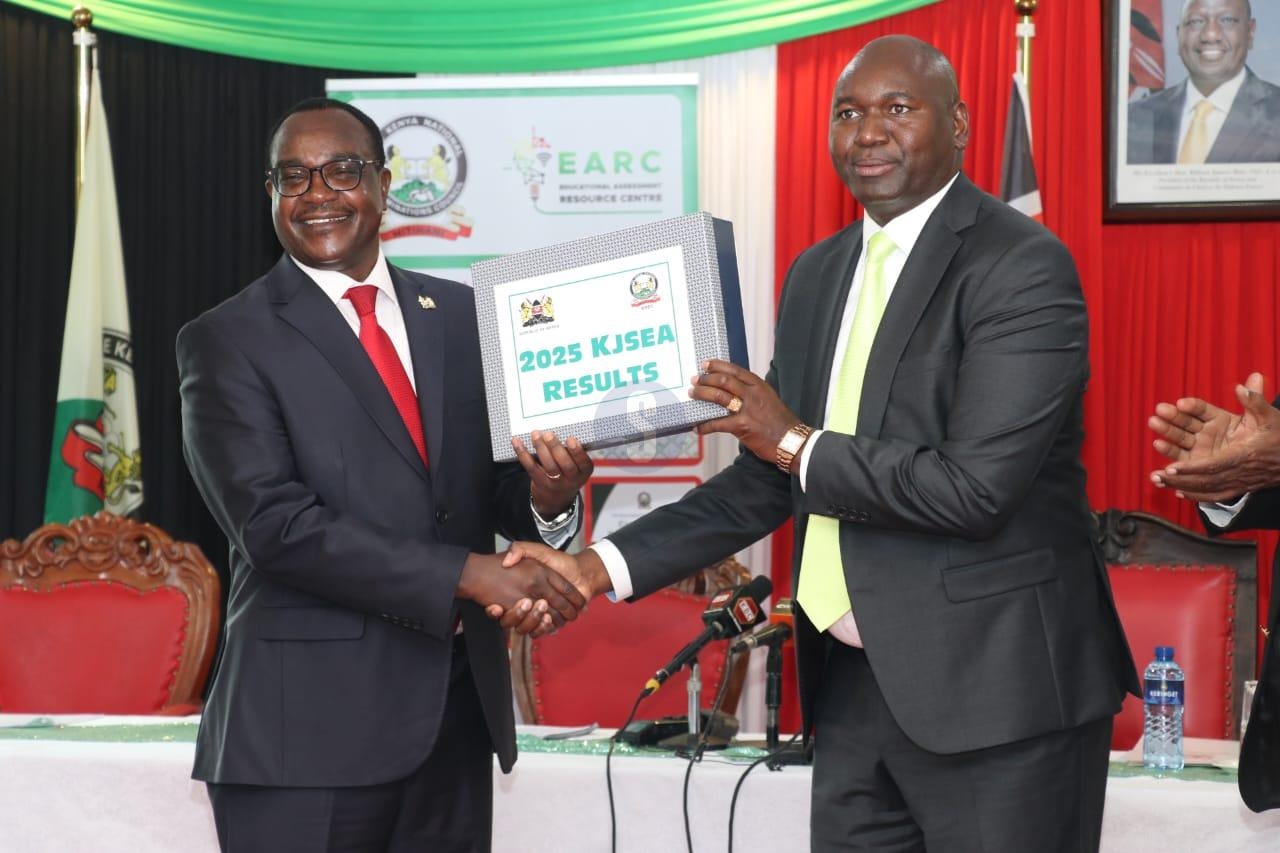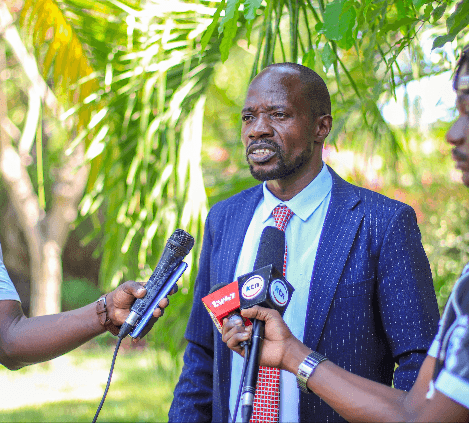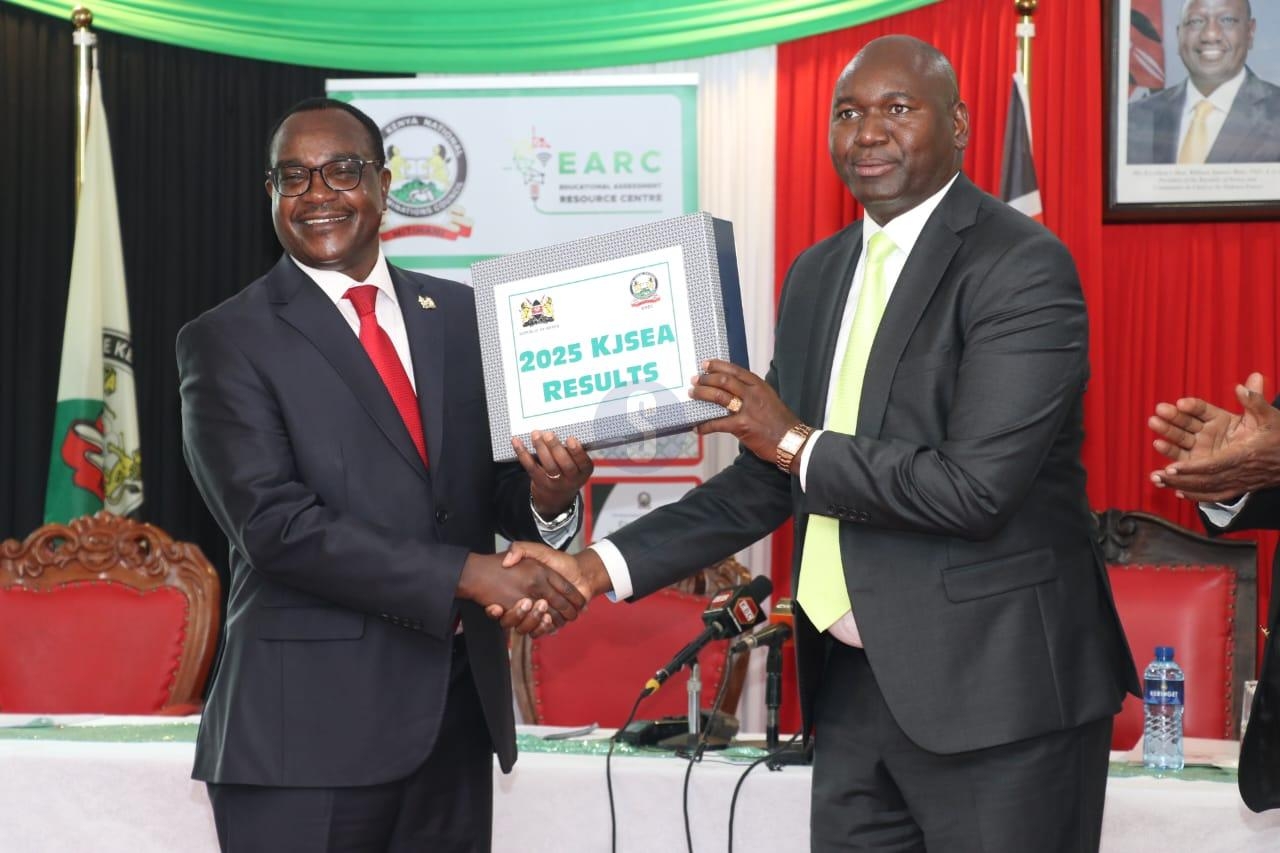

Wildlife census officials /GILBERT KOECH
Kenyans will have a glimpse of statistics on wildlife numbers, locations and trends next month when the census report is unveiled.
Wildlife Research and Training Institute director, Dr Patrick Omondi, told the Star the national census report will be handed to President William Ruto.
“It will be interesting information that we are waiting for from the National Wildlife Census report to know the impact of the 2022 drought and also the flood that displaced certain wildlife,” Omondi said. The census gathered vital statistics which will help inform future conservation efforts.
The director was among the government delegation that attended the African Ministerial Conference on the Environment (AMCEN-20) that was held from July 14 to 18.
The conference was held under the theme “Four decades of environmental action in Africa: Reflecting on the past and imagining the future”.
Omondi said accurate data on wildlife will guide the allocation of resources, ensuring that critical areas receive the necessary attention and funding.
Climate change, which affects ecosystems’ ability to sustain various species, could be one factor. Human-wildlife conflict is another potential cause.
Scientists are also vigilant for pests and diseases, some of which can spread from neighbouring countries. The species counts and animal locations could provide clues to these underlying issues.
Omondi said the report will reveal the impact of the 2022 drought that killed thousands of wildlife, affecting baby elephants as well as the old.
Already, the total aerial wildlife census for Lower Garissa, Lamu county and parts of Tana River county has been completed. Omondi said a total of 44 blocks, spanning 23,279 square kilometres, were covered.
“The analysis will highlight population trends, species density, migration patterns, habitat status and potential areas of human-wildlife conflict.”
One block was not covered due to insecurity in the Boni forest.
The 2021 National Wildlife Census found that Lower Garissa and Lamu counties had a total of 2,448 topi (a species of antelope).
The census team will be moving to Shimba Hills and Mkomani and surrounding dispersal areas next week to conduct another round of the census. They want to see how far the Shimba elephants go.
Omondi said since the area is a forest, a helicopter will be used and they also hope to record any illegal activity, such as charcoal burning.
Sibiloi National Park up in the north will be the next to be counted.
“The team will then retreat to do a national report,” he said.
During the drafting of the report, a team of observers, data crew and analysts will process the data using statistical models, GIS and visualisation tools to generate comprehensive reports. The insights are vital for tracking endangered species and understanding the impacts of climate change, habitat degradation and human activity on wildlife.
The ongoing census follows the National Wildlife Census that was conducted from May to August 2021 and generated baseline numbers of wildlife in the country. The 2021 exercise was carried out at a cost of Sh250 million.
The 2021 national census provided results from 21 different ecosystems. It reported increases in populations of elephants, giraffes and buffalo, while also noting significant movements of species due to factors such as livestock encroachment into key wildlife habitats like Laikipia-Samburu-Meru-Marsabit, Tsavo, Maasai Mara and Lamu-Lower Garissa.
The encroachment poses problems by increasing competition for resources like water, space, and forage.
Following the 2021 census, several recommendations were made. One was to conduct national counts every three years. There was also a call for immediate budget support to assess the status of species threatened by illegal trade and bushmeat, including pangolins, dik-diks, and gazelles.
The census also highlighted the need for more data on species not adequately covered, such as leopards, small carnivores and non-human primates.
The 2021 census report showed 36,280 elephants, black rhinos (897), white rhinos (842), northern rhinos (2), lions (2,589), hyenas (5,189), cheetahs (1,160), wild dogs (865) and buffalo (41,659).
Other animals counted include Maasai giraffe (13,530), reticulated giraffe (19,725), Nubian giraffe (938), common zebra (121,911), Grevy’s zebra (2,649), eland (13,581), hartebeest (7,332), wildebeest (57,813) and Grant’s gazelle (66,709).
The 2022 drought impacted wildlife heavily. On November 5, 2022, the Wildlife Research and Training Institute released a report showing that most iconic species had died due to lack of water and pasture.
WRTI said then that urgent and immediate interventions must be put in place to help save the animals dying in various ecosystems and conservancies due to a lack of water and forage.
The WRTI, in a study, said in the last two seasons (October 2021 to May 2022), the country has received rainfall below average and more than 1,000 deaths have been recorded.
The most affected species are the wildebeest, common zebras, elephants, Grevy’s zebras and buffalo, with the Amboseli, Tsavo and Laikipia-Samburu ecosystems being hardest hit.
In the statistics, 512 wildebeest, 381 common zebras, 205 elephants, 49 Grevy’s zebras and 51 buffalo had died.
“The Amboseli and Laikipia-Samburu ecosystems are worst affected by the drought, having recorded more than 70 elephant deaths... The continued worsening of the drought condition could affect more rhinos in overstocked rhino sanctuaries,” reads the report.
Most of the elephant mortality cases were recorded in Amboseli, Laikipia-Samburu and Tsavo conservancies.
Omondi said the next national census might be conducted in 2028, as 2027 is an election year.
















